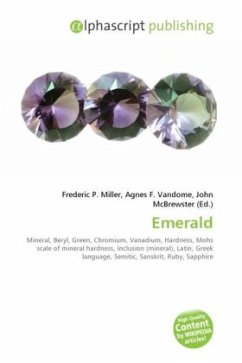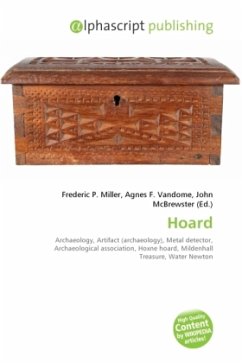Macramé or macramé is a form of textile-making using knotting rather than weaving or knitting. Its primary knots are the square knot and forms of hitching. It has been used by sailors, especially in elaborate or ornamental knotting forms to decorate anything from knife handles to bottles to parts of ships. Cavandoli macramé is a variety of macramé that is able to form geometric patterns and free-form patterns like weaving. The Cavandoli style is done mainly in a single knot, the double half hitch knot. Reverse half hitches are sometimes used to maintain balance when working left and right halves of a balanced piece. Common materials used in macramé include cotton twine, hemp, leather or yarn. Jewelry is often made in combination of both the knots and various beads, pendants or shells. Sometimes 'found' focal points are used for necklaces, such as rings or gemstones either wire-wrapped to allow for securing or captured in a net-like array of intertwining overhand knots. Leather orfabric belts are another accessory often created via macramé techniques. Most friendship bracelets exchanged among schoolchildren and teens are created using this method as well.
Bitte wählen Sie Ihr Anliegen aus.
Rechnungen
Retourenschein anfordern
Bestellstatus
Storno








